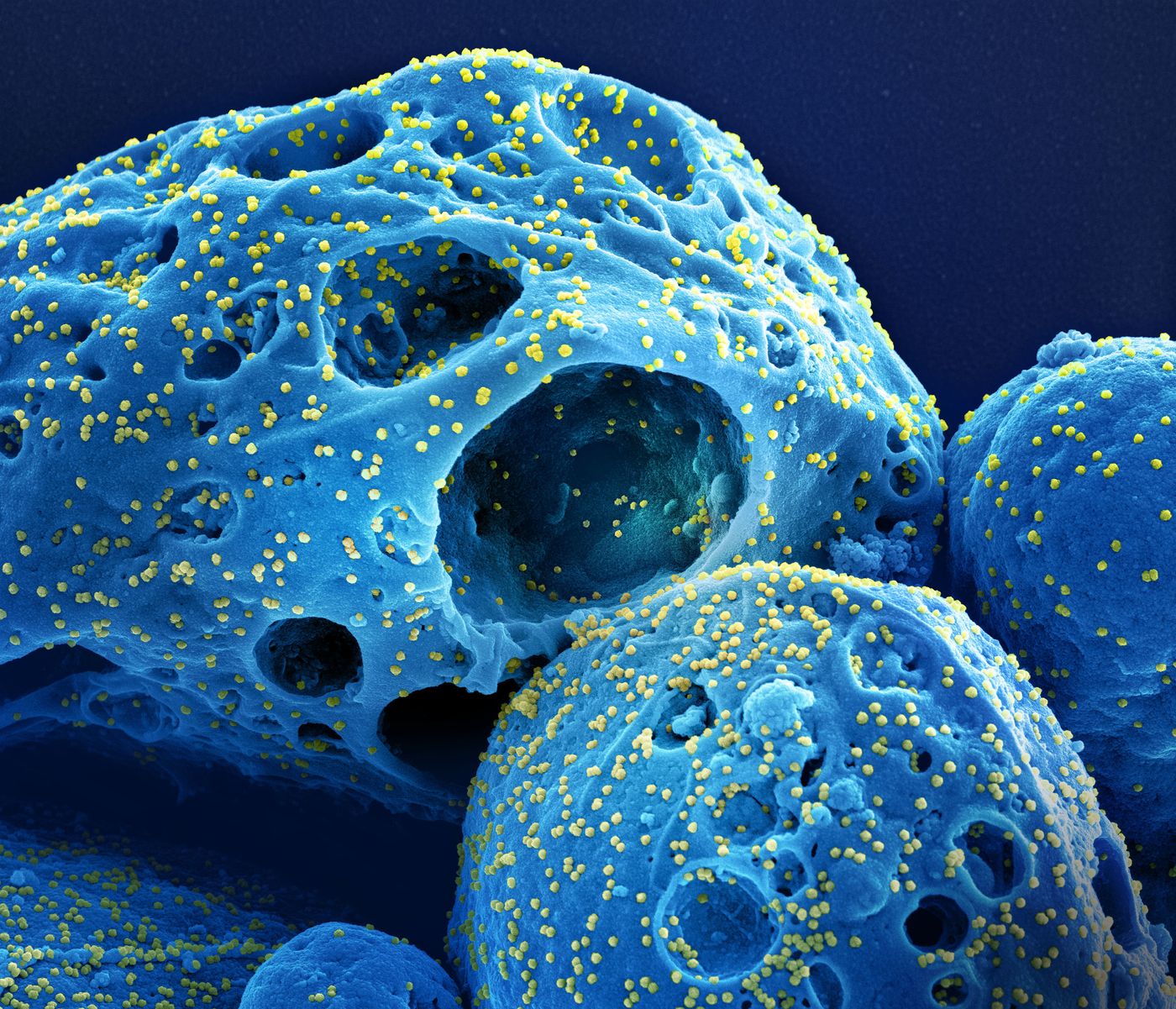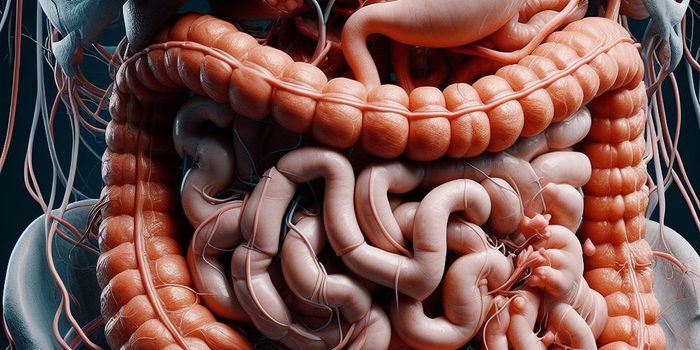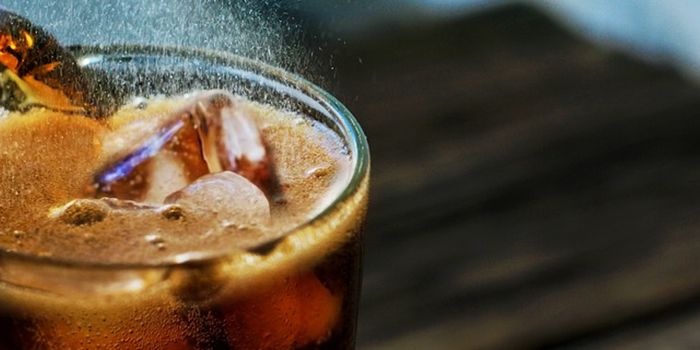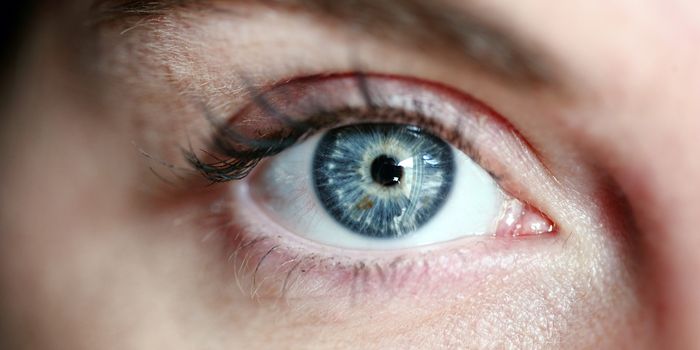'Kraken' - Will This COVID Subvariant Outcompete Them All?
SARS-CoV-2, the virus that causes COVID-19, continues to cause huge numbers of infections around the world, and the Omicron variant and its subvariants are spreading. Only last month, the BA.5 subvariant was dominant around the world, but in short order, the variant known as XBB.1.5, or 'Kraken' is rapidly taking over the so-called 'variant soup.'
The Centers for Disease Control and Prevention (CDC) has added a subvariant surveillance page to its COVID data tracker; it shows that roughly 12 percent of cases in the US were due to XBB.1.5 as of December 26, the most recent date for which data is available; the BQ.1.1 subvariant was still dominant at that time, and was to blame for an estimated 26 percent of cases; BA.5 was down to about 18 percent of cases. The overall surge of cases in the United States is not as dramatic as last year, however, when the highly transmissible Omicron variant first emerged. Experts are reminding people to get a COVID-19 vaccine booster shot, which few American adults have done; estimates vary from about 12 to 30 percent.
The XBB.1.5 subvariant has now been identified in 38 countries. The European Centre for Disease Prevention and Control (ECDC) has used computational modeling to suggest that XBB.1.5 will be the dominant strain in the European Union within the next one or two months.
“It’s almost certainly going to dominate in the world. I cannot find a single competitor now. Everything else is incomparable,” Yunlong Cao, an immunologist at Peking University in Beijing who studies XBB.1.5, told Nature.
The impact of XBB.1.5 is not yet clear, however, even to experts. Many people have had time to build up immunity to SARS-CoV-2 because of vaccinations or previous infection, so it may not cause a huge number of hospitalizations or deaths. However, immunocompromised people are still at risk, and mitigation measures should be considered. It's also a reminder that institutions, governments, and businesses have had several years to put proper ventilation measures in place, and that can still be done to rescue the risk of infection.
The XBB.1.5 subvariant descends from the XBB variant, which was not particularly good at infecting cells. But XBB acquired a mutation called F486P, which affects the spike protein and made it much better at attaching to the ACE2 receptor on human cells to cause infection. The XBB subvariant already carried a suite of mutations that enabled it to evade antibodies.
Research using sera from people who had previously been infected with SARS-CoV-2 or had been vaccinated showed that existing antibodies were largely ineffective at neutralizing the XBB subvariant. Those findings were reported in Cell. Another sera study analyzing antibody effectiveness against XBB came to similar conclusions; those results were reported in the New England Journal of Medicine (NEJM).
We will probably soon find out whether XBB.1.5 is also able to make people more sick, because we already seem to know that the subvariant is good at spreading.
-
APR 30, 2024Immuno-Oncology Virtual Event Series 2024
-
MAY 07, 20243rd International Biosecurity Virtual Symposium
-
JUN 06, 2024The Future of Scientific Conferencing
- See More


















































